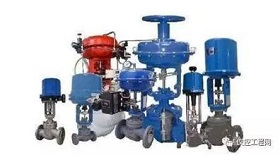The specifications and internal and external anticorrosion of pneumatic valve
The specifications
1. The specifications and categories of pneumatic valves should meet the requirements of piping design documents.
2. The type of pneumatic valve should be marked according to the GB number requirements. If the enterprise standard, it should specify the relevant description of the model.
3. Pneumatic Valve Working Pressure Requirements are more than Pipeline Working Pressure. Without affecting the price premise, the valve can withstand the pressure that should be greater than the actual pipeline working pressure. Pneumatic valve closed on any side of the valve should withstand 1.1 times the valve working pressure value without leakage. In valve opening conditions, the valve body should withstand twice the valve working pressure. Requirements.
4. Manufacturing standards for pneumatic valves should specify the number of national standards on which they are based. If they are enterprise standards, enterprise documents should be attached to the procurement contract.
Internal and external anticorrosion
1. Valve body (including transmission box) inside and outside, first of all should be shot blasting sand removal rust, and strive to electrostatic spraying powder non-toxic epoxy resin, thickness of more than 0.3 mm. When it is difficult to electrostatic spray non-toxic epoxy resin on oversize valves, similar non-toxic epoxy paint should also be brushed and sprayed.
2. The inner part of the valve body and all parts of the valve plate require comprehensive anti-corrosion. On the one hand, immersed in water will not rust, between the two metals will not produce electrochemical corrosion. On the other hand, the smooth surface reduces the water resistance.
3. Hygienic requirements for anticorrosive epoxy resin or paint in the body of the valve should be inspected by the relevant authority. Chemical and physical properties should also meet relevant requirements.



